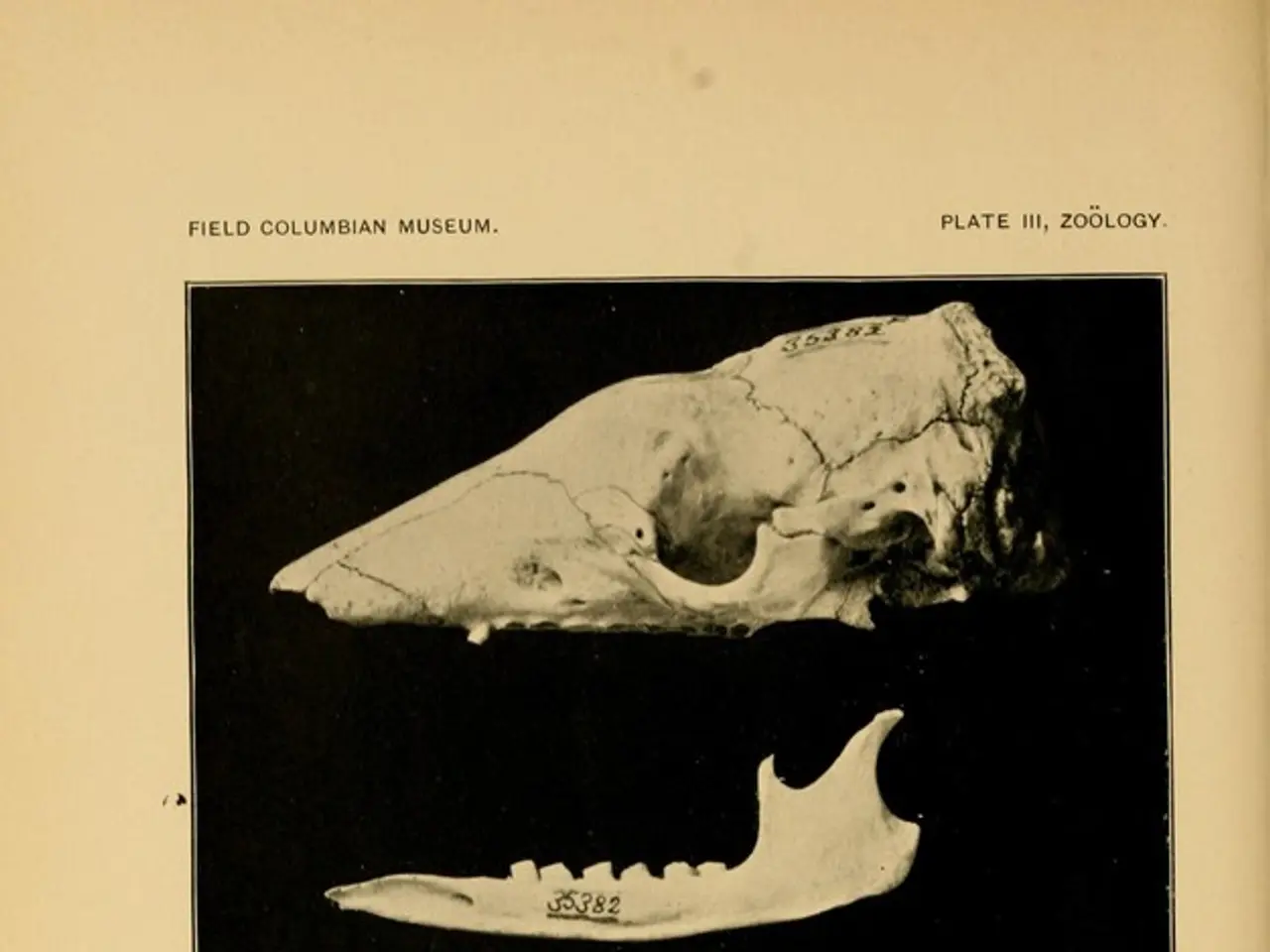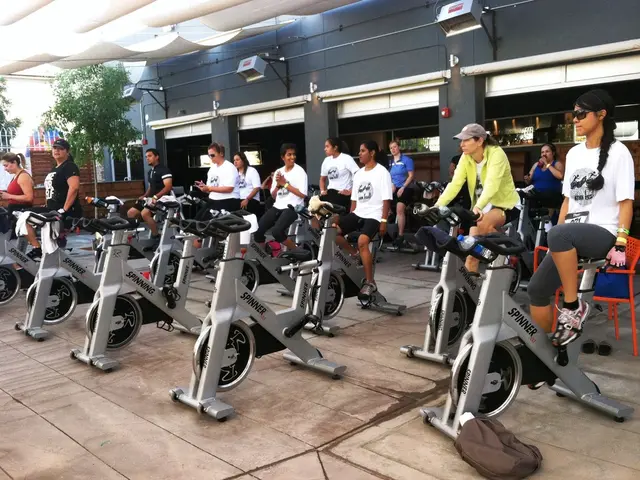Hip Fracture and Osteoporosis: Causes, Signs, and Remedies
In the elderly population, hip fractures are a common and often debilitating consequence of osteoporosis. This condition, characterised by reduced bone mineral density and deterioration of bone microarchitecture, weakens the bones, making them more susceptible to fractures from falls or minor trauma.
The most common types of hip fractures associated with osteoporosis are the femoral neck fracture, intertrochanteric fracture, and subtrochanteric fracture. These fractures typically occur due to falls onto the lateral hip, forced lateral rotation, or insufficiency fractures resulting from chronic burden.
Femoral neck fractures occur at the narrow area just below the femoral head inside the capsule of the hip joint. Intertrochanteric fractures, on the other hand, are extracapsular fractures located between the greater and lesser trochanters of the femur. Subtrochanteric fractures occur just below the trochanters.
Postmenopausal women and elderly individuals, particularly those with osteoporosis, are at a higher risk of experiencing these fractures. Effective osteoporosis treatment can significantly reduce the risk of such fractures.
For those who do suffer a hip fracture, prompt medical attention is crucial. Doctors or emergency medical staff will typically perform an X-ray or a scan to diagnose the fracture. Surgery is often required to treat the fracture, and early intervention can help reduce the risk of complications.
After surgery, occupational and physical therapists can assist in making adaptations around the home and changes to daily routines. They can also help in safely performing exercises and assessing the amount of weight that can be put on the affected leg.
Preventing hip fractures is key, and this can be achieved through various means. Maintaining a moderate weight, getting enough vitamin D and calcium, quitting smoking, limiting alcohol intake, doing physical activities that strengthen the legs and improve balance, having yearly eye exams, performing weight-bearing exercises, speaking with a doctor about bone density checks, removing clutter and trip hazards, adding grab bars, railings, and good lighting in the home, and reviewing medication with a doctor or pharmacist to avoid those that may cause dizziness or sleepiness are all effective strategies.
If you have concerns about the risks of osteoporosis or hip fractures, it is best to contact your doctor for advice. Symptoms of a hip fracture include severe pain, particularly when bearing weight on the leg, pain in the groin or upper thigh, difficulty standing or bearing weight on the affected leg, swelling and bruising around the hip and upper leg, the affected leg being at a strange angle or appearing shorter than the unaffected leg, and difficulty moving the upper part of the leg.
In summary, osteoporosis can make bones fragile, leading to easy fractures. Hip fractures, particularly those caused by osteoporosis, are a significant issue, accounting for a majority of osteoporosis-related fractures each year in the United States. Around half of all older adults who have experienced a hip fracture need help walking afterward. By understanding the risks, symptoms, and prevention methods, we can work towards reducing the incidence of these debilitating fractures.
Read also:
- Overweight women undergoing IVF have a 47% higher chance of conceiving naturally post-weight loss
- Bonsai Trees from Evergreen Species: Exploring Growth Characteristics & Distinct Qualities
- What temperatures may make walking your canine companion uncomfortable?
- Alcohol consumption and the connection to esophageal cancer: An exploration of links and potential hazards






